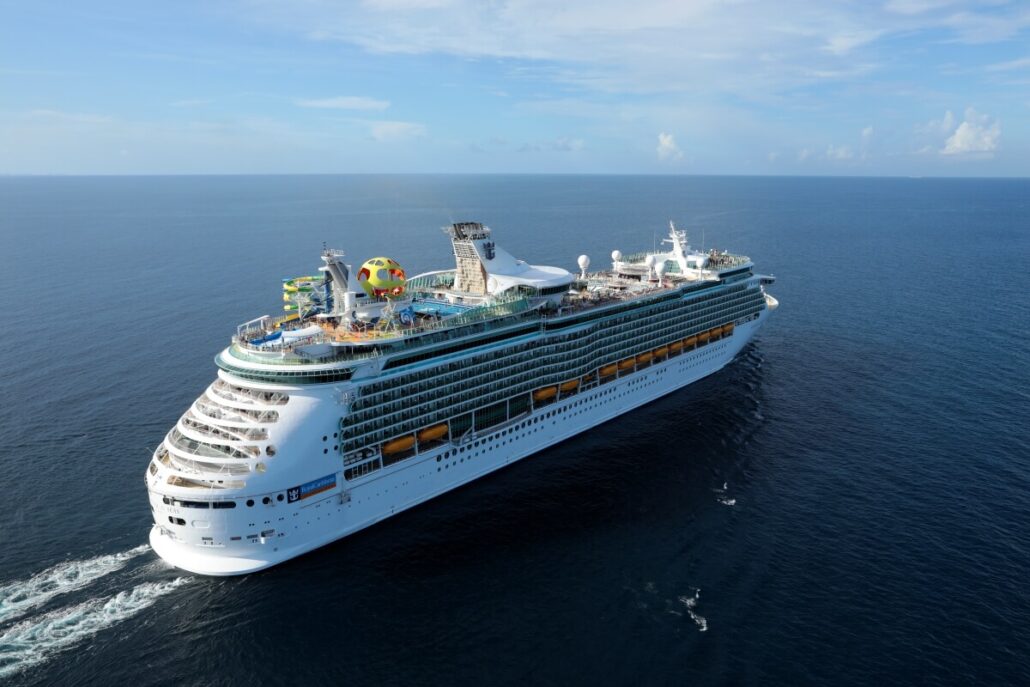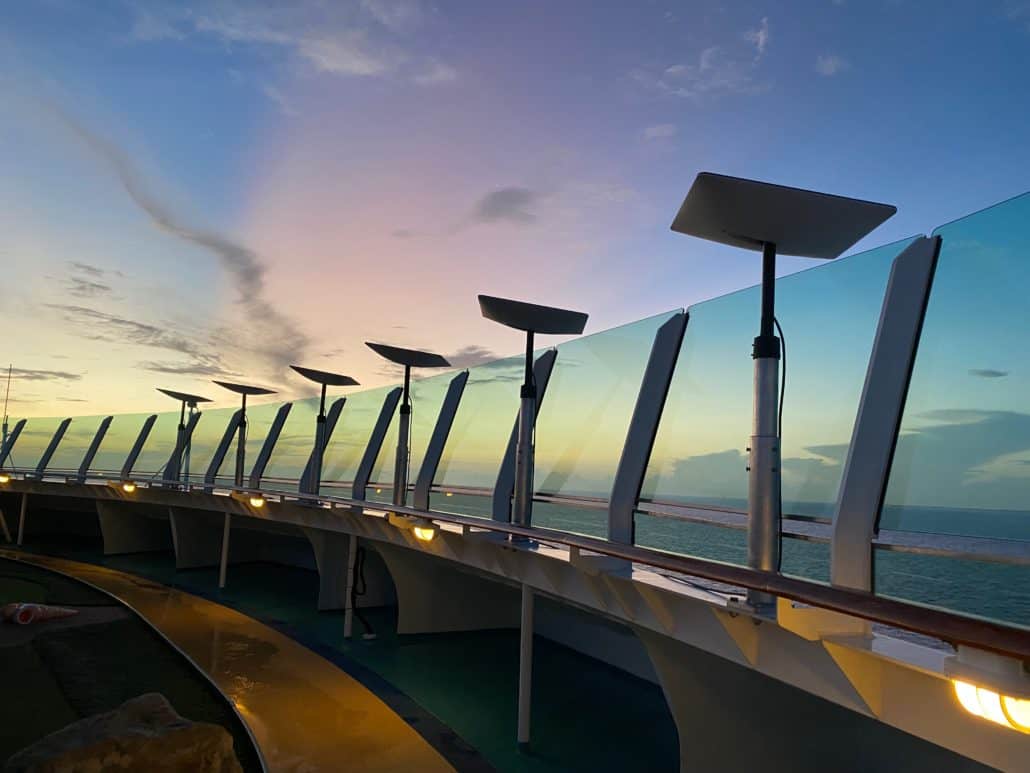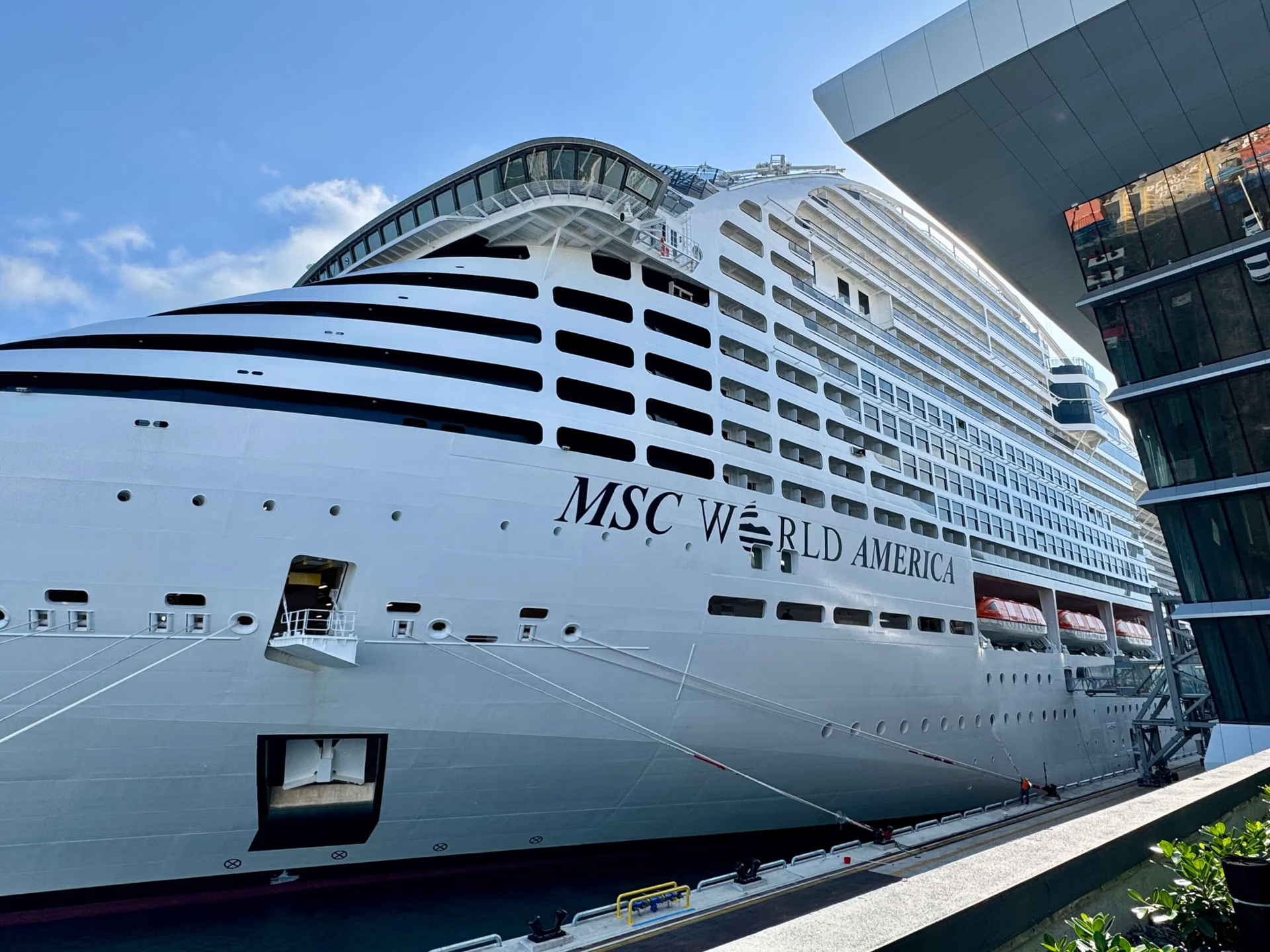An unnamed Royal Caribbean passenger learned the hard way about the difference between roaming services and onboard Wi-Fi, racking up a cringe-inducing $1,300 cellphone bill after their cruise.

The guest had already purchased the cruise line’s Wi-Fi package on Mariner of the Seas and simply neglected to turn their mobile phone’s airplane mode on.
As expected, the device continued downloading data and updates throughout the voyage. This passenger was also traveling with their child who reportedly streamed several videos during the sailing, significantly contributing to the sizable charge.
Shocked and upset by the $1,300 bill, they called Royal Caribbean, demanding that the cruise line pay the bill. But Royal Caribbean refused and explained that guests are responsible for switching their phones to airplane mode.
Why Is Airplane Mode So Important?

Passengers are generally advised to switch their mobile phones to airplane mode for the duration of their voyage. This minor adjustment prevents cellular networks from downloading and using data even if users aren’t actively using their smartphones for texting or calling.
Such activities come with expensive roaming fees that are billed by the text, minute (for calls), and megabyte (for data).
Royal Caribbean’s website states, “From the moment you get onboard a ship or plane that’s leaving the country, you should put your phone on airplane mode and leave it on throughout your trip to avoid roaming charges for cellular data, which can add up incredibly fast.”

The site goes on to recommend that cruisers who plan on using their phones should reach out to their cell service providers first so they can be properly briefed on related fees and options.
Over the years, we’ve seen a handful of cruisers who unknowingly amassed hefty network fees. In 2018, a German family arrived to a $14,000 bill thanks to their son. In 2023, a 60-year-old was charged $612 while a Florida resident was shocked to find a $143,000 phone bill last year.






